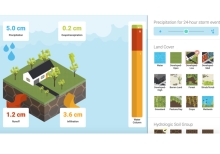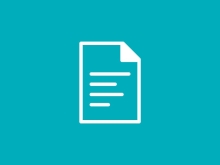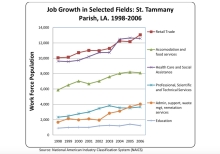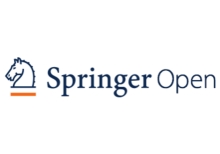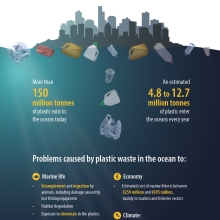Model My Watershed- Runoff Simulation
The Runoff Simulation is an animated version of the Site Storm Model package of Model My Watershed. It allows users to learn how land use and soil together determine whether rainfall infiltrates into the soil, runs off into streams or is evaporated and transpired by plants."
